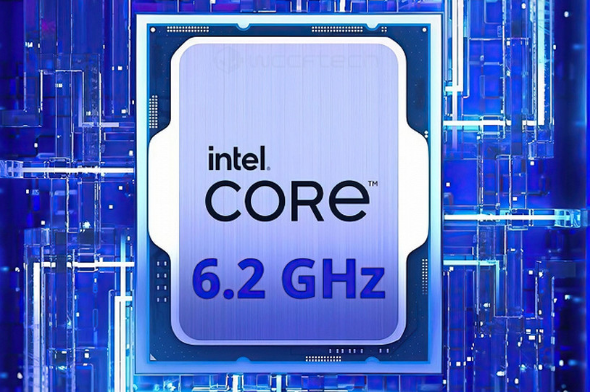Connection to DriversCloud Create a DriversCloud.com account Reset your DriversCloud.com password Account migration
Core i9-14900KS: the strongest Raptor Lake Refresh guzzles up to 409 watts!
The latest processor in the Raptor Lake Refresh range should be the most powerful... and the most power-hungry!
At the end of the year, Intel is set to launch its eagerly-awaited new Arrow Lake desktop processor architecture. In the meantime, for several months now, the American group has been trying to occupy the field with a range that is, to say the least, shaky: Raptor Lake Refresh. As its name suggests, this range is merely a "refresh", a vague update of Raptor Lake, which was released in 2022 and is itself merely an optimization of Alder Lake.
Raptor Lake Refresh has already been the occasion of quite a few releases, with the first wave last autumn and a second wave around CES 2024 in Las Vegas. However, keen observers noticed that Intel had not yet launched a "KS" model, as it had done with previous generations. In fact, Intel was rescheduling for "a little later", since the first information concerning this Core i9-14900KS was noticed a few days ago. This "KS" should logically retain most of the features of its big brother, the Core i9-14900K. We're talking about a chip with 24 cores, divided into 8 high-performance cores and 16 efficient cores, with 10 nm etching using the Intel 7 process. 32 MB of L2 cache and 36 MB of L3 cache are also mentioned, while the base frequency is 3.2 GHz on the P cores - the same as on the 14900K - and 6.2 GHz in boost mode, i.e. 200 MHz more than the Core i9-14900K.
Needless to say, with just 200 MHz more boost, the Core i9-14900KS is unlikely to deliver radically superior performance to the Core i9-14900K. However, getting those few extra megahertz shouldn't come without a trade-off, as evidenced by the first feedbacks found on the OCCT software bases by VideoCardz. Indeed, while the TDP is already 25 watts higher than that of the 14900K (150 vs. 125 watts), the maximum power consumption observed exceeds the 400-watt threshold! What's even more disturbing is that heating levels also appear to be particularly high: again on the basis of OCCT - and therefore undoubtedly on very demanding tests - the processor reaches 101°C on the CPU Package probe! As we said in the introduction, it seems high time for Intel to move on to a truly new architecture. Arrow Lake will be eagerly awaited.








